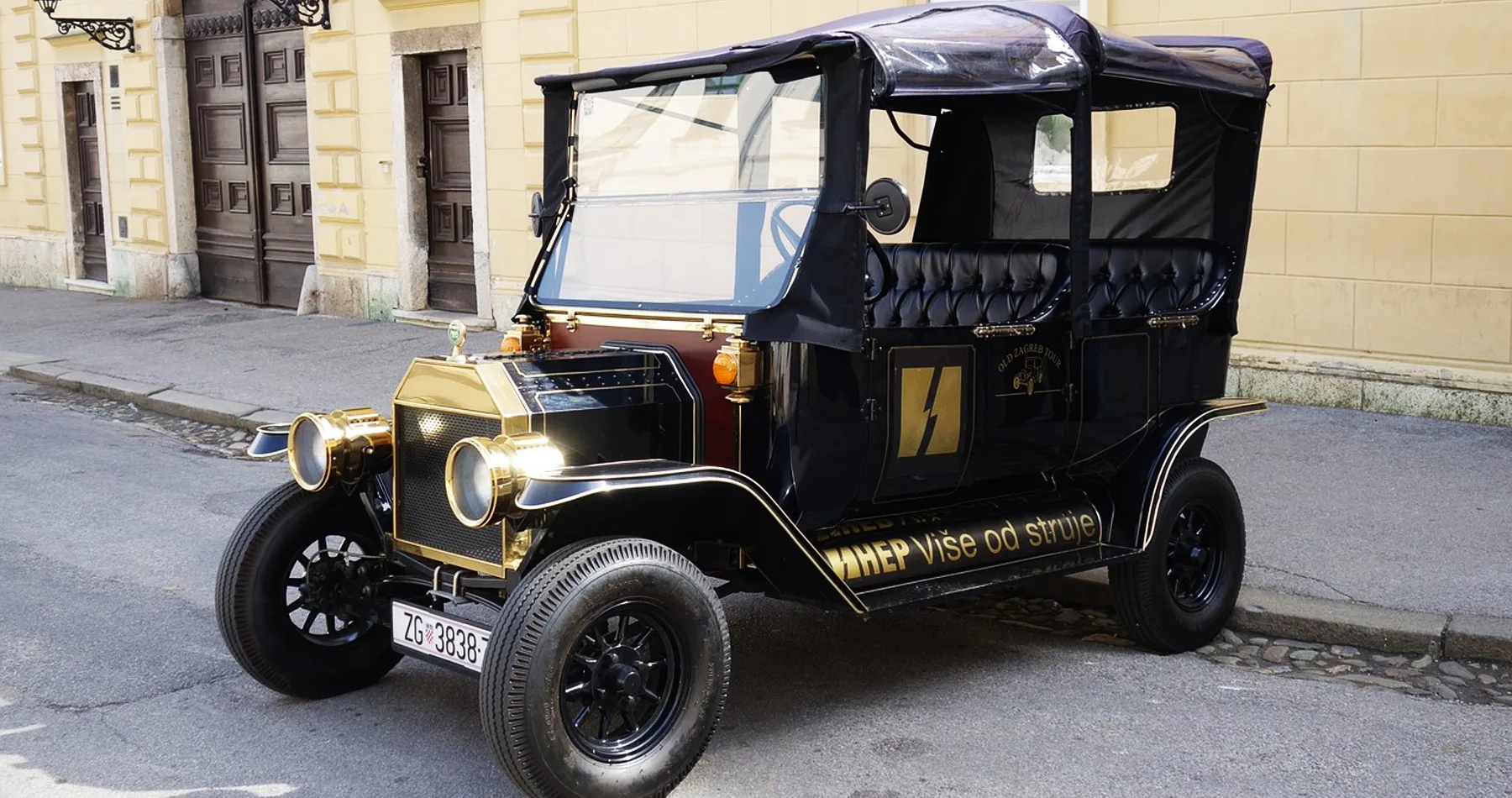Over more than a century, the advent of electric vehicles (EVs) has been a fascinating path filled with innovation, disappointments, and astounding successes. This article delves into the detailed history of electric cars, exploring their inception, early experimentation, and the evolutionary phases that have brought us to the cutting-edge electric of today.
when were electric vehicles introduced?
The Birth of Electric Propulsion (Early 19th Century):
The concept of electric vehicles traces its roots back to the early 19th century when inventors and engineers began to explore the potential of electric power for transportation. In 1828, Hungarian engineer Ányos Jedlik built a small-scale carriage propelled by a simple electric motor, providing an initial glimpse into the possibilities of electric propulsion.
Thomas Davenport’s Electric Car (1834):
Thomas Davenport, an American inventor, made a noteworthy advancement in the history of electric cars in 1834. Davenport constructed a small locomotive powered by a non-rechargeable electric battery, marking one of the earliest instances of a practical electric vehicle. This groundbreaking invention laid the foundation for further exploration into electric transportation.
Early Experiments and Innovations (Late 19th Century):
As the 19th century progressed, the exploration of electric vehicles intensified. Notable inventors such as Thomas Parker in England and the Flocken brothers in Germany made significant contributions. Parker, in 1889, built a practical electric vehicle, a four-wheeled electric carriage that ran on non-rechargeable batteries. Similarly, the Flocken brothers developed a small electric car in 1888, further expanding the practical applications of electric propulsion.
The Electric Taxi Era (Late 19th Century):
By the late 19th century, electric vehicles gained popularity, particularly in urban areas. Electric taxis became a sight in cities like London and New York, providing a quiet and clean alternative to their gasoline-powered counterparts.
Electric Vehicles in the Early 20th Century:
The acceleration of electric vehicle development and use in the early 20th century. In 1912, the Detroit Electric Car Company introduced the Model 47, an electric car that boasted an impressive range of 80 miles on a single charge. Despite their limited range and the increasing popularity of internal combustion engine (ICE) vehicles, electric cars found a niche market, especially among affluent individuals who valued their quiet and clean operation.
Challenges and the Dominance of Internal Combustion Engines:
While electric vehicles showed promise, they faced several challenges that impeded their widespread adoption. Limited battery technology, high production costs, and the availability of cheap gasoline contributed to the decline of electric cars in the face of the growing dominance of internal combustion engine vehicles. Mass production pioneered by companies like Ford made gasoline-powered cars more affordable and accessible to the general public.
The Decline and Resurgence (Mid-20th Century):
The mid-20th century saw a decline in the popularity of electric vehicles as gasoline-powered cars became the standard choice for consumers. However, concerns about environmental pollution and the finite nature of fossil fuels prompted a renewed interest in electric transportation in the latter half of the century.
GM’s EV1 and Toyota’s Prius (1990s):
The 1990s marked a pivotal moment in the resurgence of electric vehicles. General Motors (GM) introduced the EV1 in 1996, a sleek and futuristic electric car available for lease. Despite its limited availability and eventual discontinuation, the EV1 captured public attention and demonstrated the potential of electric vehicles. Concurrently, Toyota launched the Prius 1997, a hybrid electric vehicle that combined an internal combustion engine with an electric motor. The Prius’s success paved the way for the acceptance of hybrid technology and further fueled interest in electric propulsion.
Conclusion:
The evolution of electric vehicles from their early experiments in the 19th century to the contemporary landscape of the 21st century is a testament to human ingenuity and the persistent pursuit of sustainable transportation solutions. With ongoing advancements in technology, increased accessibility, and a growing commitment to environmental stewardship, electric vehicles redefine the future of transportation on a global scale.
